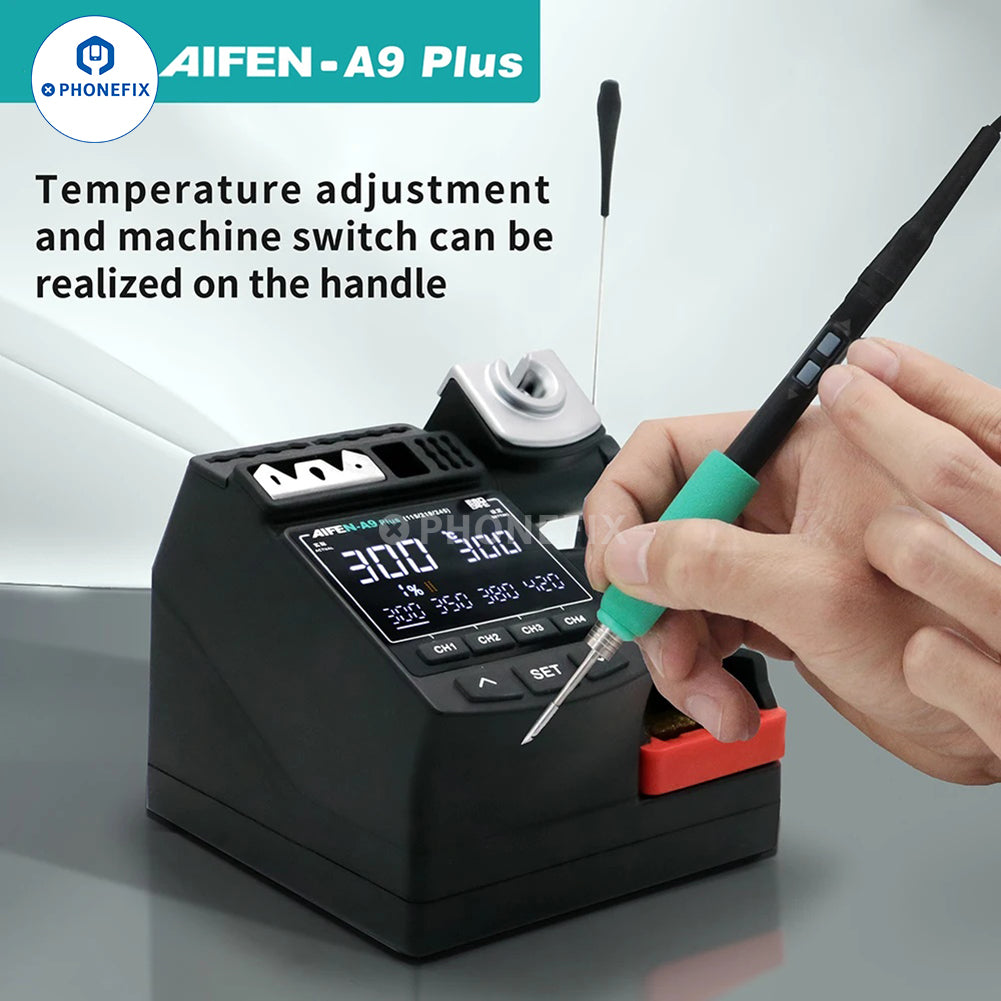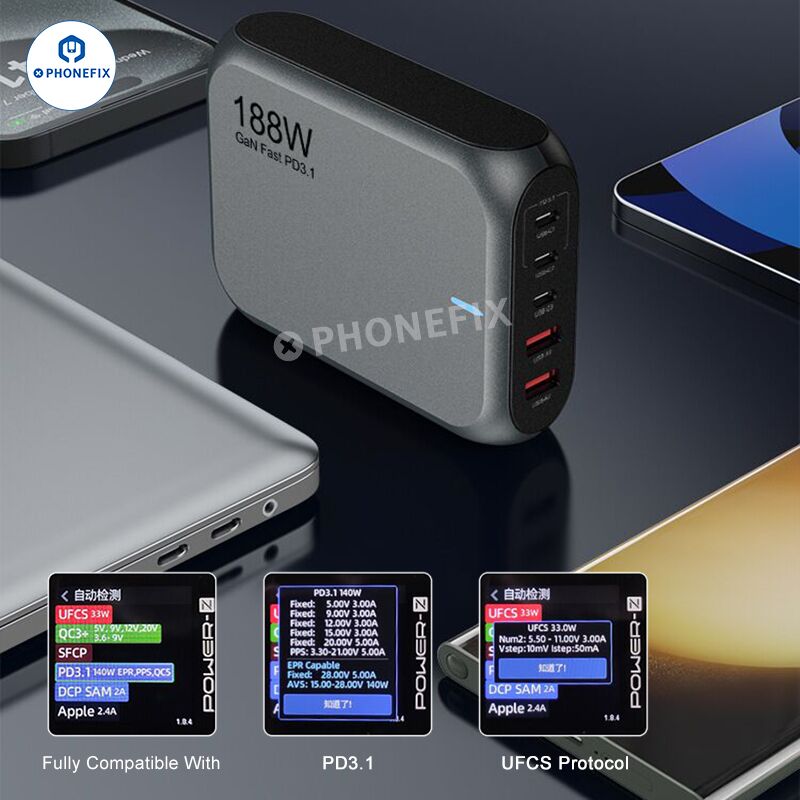As we know, when the weather is extremely cold, the phone battery will drain faster. A battery temperature that is too low can have a significant impact on the operation of the phone. Phone battery charging problems are common, but they can be solved. To prevent problems with the iPhone Battery charging process, you should protect your mobile device from cold temperatures so that it can operate better. Here are the reasons I have summarized.
Cold Environment:
When the device is exposed to an environment below 4°C, the "Battery Temperature Too Low" warning may be triggered. Please warm up the battery as soon as possible to effectively improve the situation. This warning may appear due to a manufacturing defect, which may affect your phone differently. You should also evaluate the reason why the message is repeatedly displayed on your phone.
Temperature Sensor Fault:
A sensor fault may cause false temperature reporting, preventing the battery from charging. In cold weather, if you have just brought your phone from outside into the house, you can try to let it warm up for a little while. If this does not help, the phone's temperature sensor may be faulty.
Water Damage:
Moisture may affect the internal components of the device, including the temperature sensor, causing false readings. Therefore, moisture-proof is very important. We should not keep the phone in a humid environment for a long time.
Software Problem: Some applications or software failures may interfere with the device's correct reading and response to temperature data, so choosing a green app is the best choice to prevent damage.
How to Deal with These Situations?
Solutions:
Warm device: Place the device in a warm environment or hold it in your hand until it reaches the right temperature for charging.
Use different chargers and cables: Try using different wall chargers and charging cables to rule out charger or cable issues.
Clean charging port: Use compressed air or a Soft Brush to remove dust and debris from the charging port.
Check for software interference: Boot the device into safe mode to determine if an app is causing the problem. If the problem goes away in safe mode, uninstall recently added apps.
Check for water damage: Use the Liquid Damage Indicator (LDI) to check for moisture inside the device. If water damage is suspected, seek professional repair service.
Factory reset: As a last resort, perform a factory reset after backing up important data. This can resolve software issues affecting temperature readings.
Replace faulty components: If none of the above solutions work, consider replacing the battery or having a professional technician check the temperature sensor.
Conversely, What Happens When Your Phone Overheats?
Battery drain and forced shutdowns:
Overheating can accelerate battery drain and may even cause your phone to shut down automatically.
Degraded performance:
When your phone gets too hot, the system may throttle performance to lower the temperature, which affects the device's speed and responsiveness.
Hardware damage:
In extreme cases, overheating can damage the phone's internal components or even cause the battery to leak or explode.
Data loss:
If your phone suddenly shuts down due to overheating, unsaved data may be lost.
Precautions:
Avoid direct sunlight:
Keep your phone in a cool place and avoid prolonged exposure to sunlight.
Reduce screen brightness:
Reducing screen brightness can reduce battery load, thereby reducing heat.
Close unnecessary apps:
Apps running in the background can increase CPU load and cause heat. Closing unused apps can help cool things down.
Use the right charger:
Make sure you use a Phone Charger recommended by the manufacturer to avoid overheating caused by an incompatible or damaged charger.
Update software regularly:
Keep the operating system and applications updated to ensure that the device runs at its best and reduce the risk of overheating.
For more information, you can refer to this article: How to Prevent Your Phone from Overheating?
When the phone displays "Charging Paused, Battery Temperature Too Low", it is usually because the ambient temperature is too low and the battery cannot work properly. A simple way to solve this problem is to place the phone in a warm environment, or gently heat it with your hands until the temperature returns to normal before trying to charge. Avoid using direct heat sources to avoid damaging the device. In addition, checking whether the charger and charging port are normal, and replacing the battery or charging plate if necessary is also an effective solution.
How to Slove with Charging Paused Battery Temperature too Low?













2 comments
Munazzim Mushtaq
When I charged my phone after sometime it shows charging temprature is to long
Butch aquino
Say fail not accept vivo phone low changing stop bettery low fail sad to me